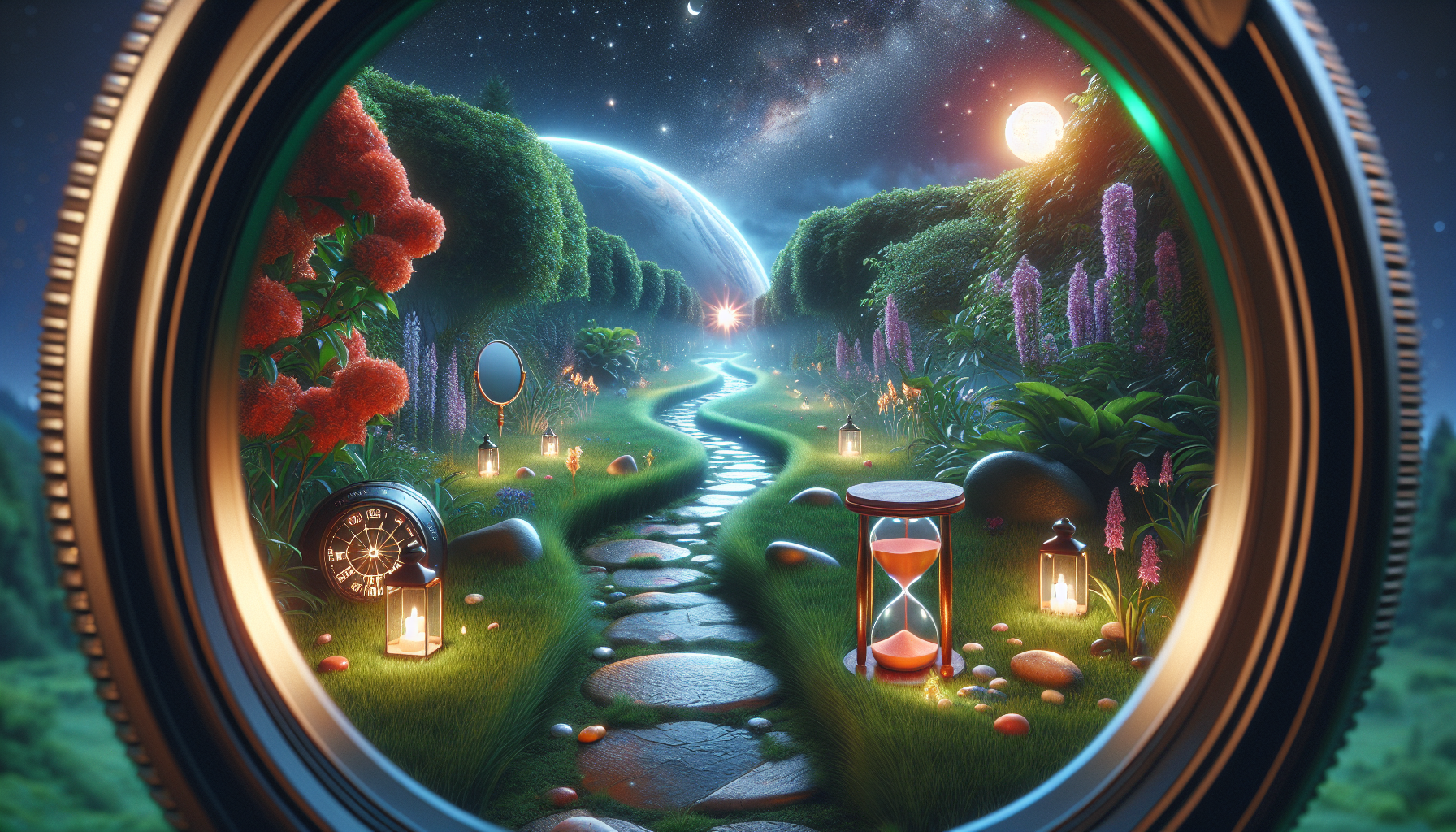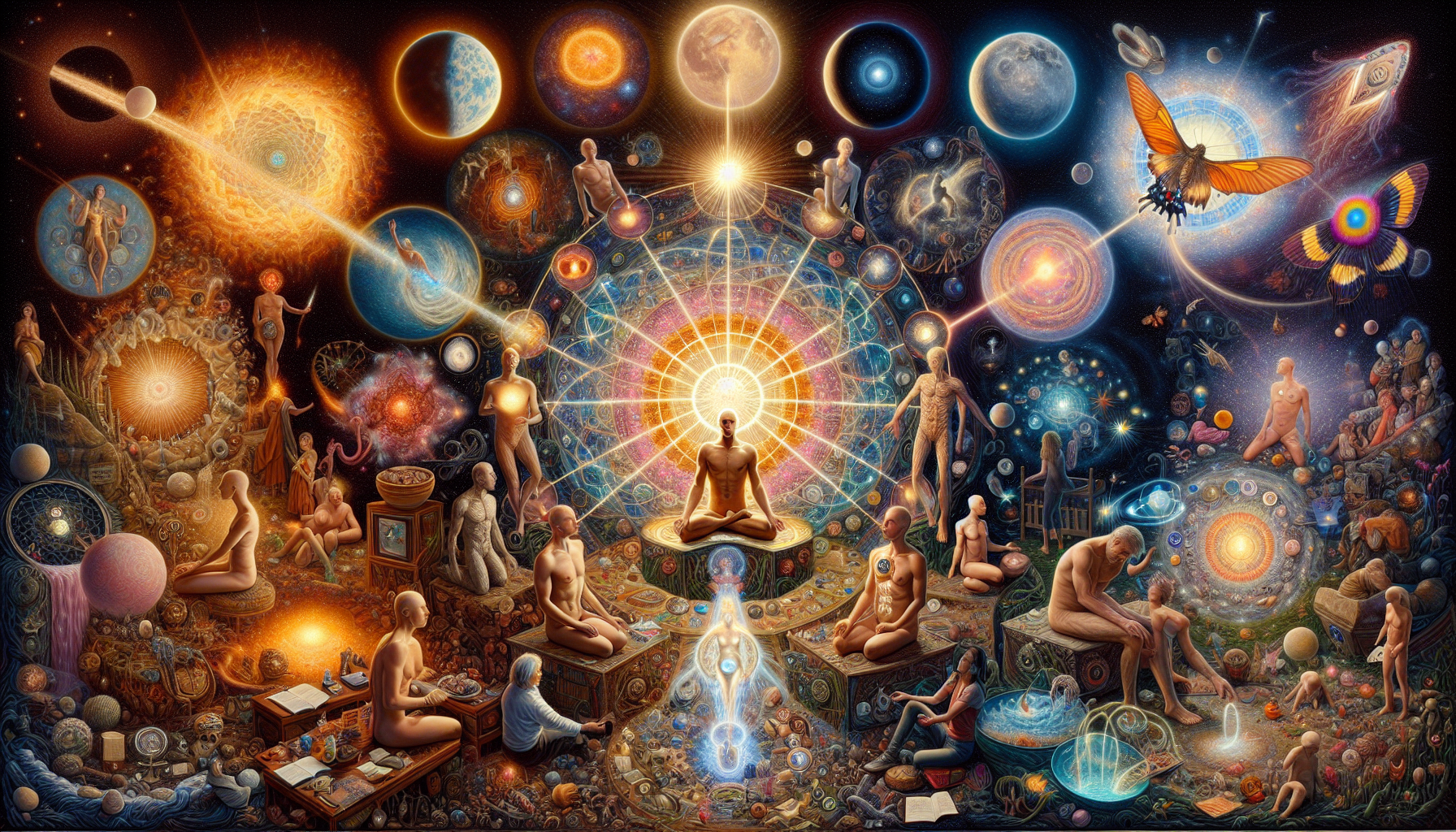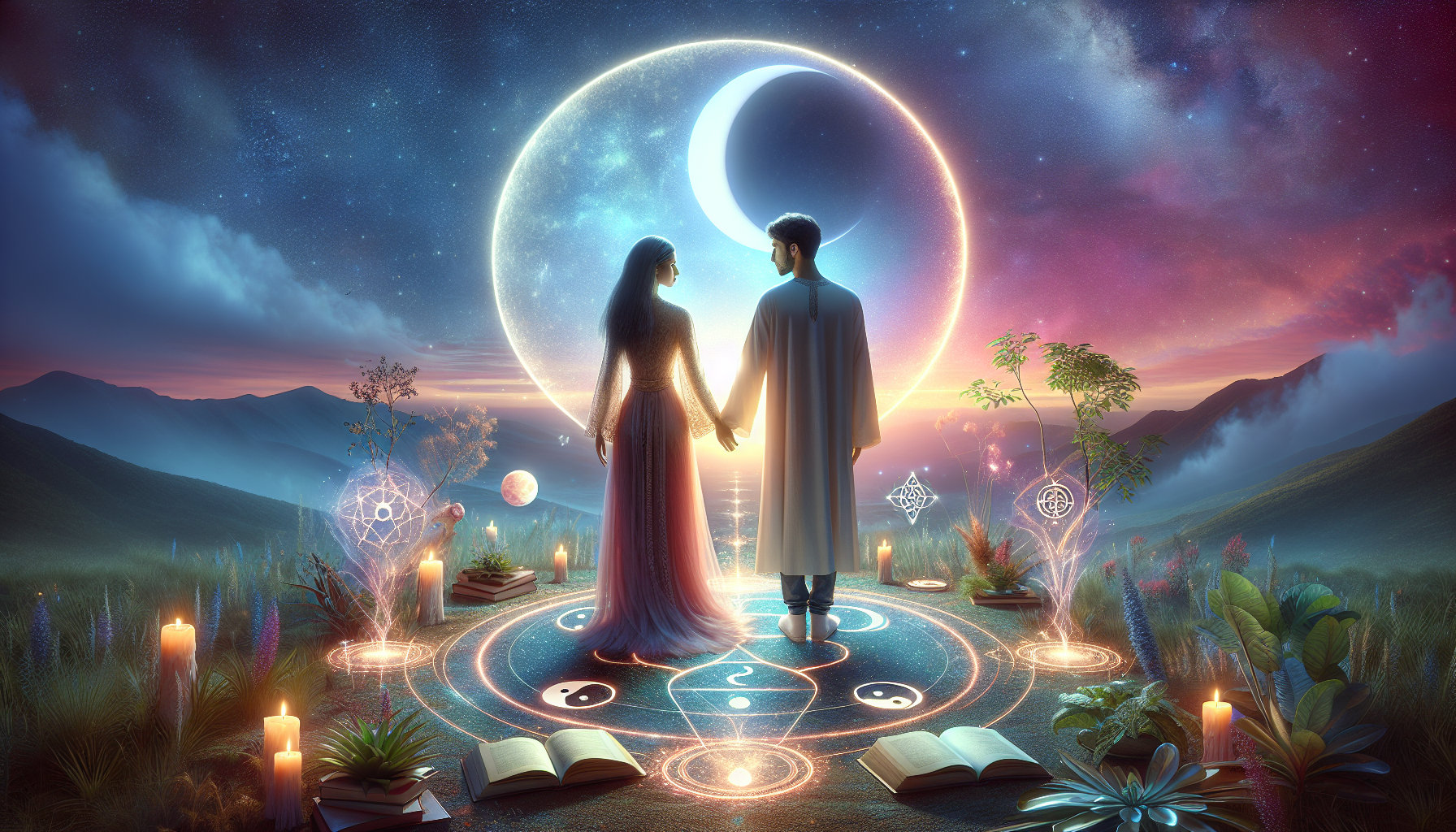Lunar eclipses have long stood as a mesmerizing spectacle in our night sky, bridging the realms of scientific inquiry and cultural lore. This captivating celestial event, where the Earth casts its shadow upon the Moon, has fueled the human imagination, inspiring ancient myths, folklore, and cutting-edge scientific research. Through the ages, lunar eclipses have been a source of awe and wonder, offering a profound reminder of our place in the cosmos. As we delve into the dance of light and shadow, the observational techniques for witnessing these events, and their significant cultural and scientific impact, we uncover how lunar eclipses continue to illuminate our understanding of the universe and ourselves.

The Dance of Light and Shadow: Exploring Lunar Eclipses
Lunar eclipses, a fascinating celestial event where the Moon passes into the shadow of the Earth, captivating observers around the globe. This astronomical phenomenon occurs when the Sun, Earth, and Moon align perfectly, casting a shadow that temporarily dims the Moon’s usual bright glow.
Celestial Mechanics Behind Lunar Eclipses
The mechanics of a lunar eclipse are a splendid demonstration of celestial synchronization. During a lunar eclipse, the Earth positions itself directly between the Sun and the Moon, blocking sunlight from reaching the Moon. This event can only happen during a full moon when the Sun and the Moon are on opposite sides of the Earth.
- Penumbral Lunar Eclipse: The Moon passes through the Earth’s penumbral shadow, leading to a subtle darkening that can be hard to notice.
- Partial Lunar Eclipse: A portion of the Moon moves into the Earth’s umbral shadow, causing a noticeable dark patch on its surface.
- Total Lunar Eclipse: The entire Moon falls into the Earth’s umbral shadow, often turning a reddish color, famously known as a “Blood Moon”.
The Umbra and Penumbra Explained
The Earth’s shadow consists of two parts: the umbra and the penumbra. The umbra is the innermost part of the shadow where all direct sunlight is blocked. In contrast, the penumbra is the outer part of the shadow where only a portion of the sunlight is blocked. The type of lunar eclipse observed depends on which part of Earth’s shadow the Moon passes through.
Lunar Eclipses in Historical Context
Throughout history, lunar eclipses have been a source of wonder and intrigue. Ancient civilizations often interpreted these events as ominous signs or messages from the gods. Today, we understand that lunar eclipses are natural occurrences with a sound scientific explanation, yet they continue to inspire awe and curiosity.
Key Takeaways
| Type of Eclipse | Shadow Involved | Visibility |
| Penumbral | Penumbra | Subtle darkening |
| Partial | Umbra & Penumbra | Partial shadow |
| Total | Umbra | Reddish hue (“Blood Moon”) |
In conclusion, the lunar eclipse remains one of the most enchanting astronomical events, accessible to observers all over the world. By understanding the shadow play involved, we gain not just knowledge of our universe’s mechanics but a deeper appreciation for its beauty.

Embracing the Night: Observing Lunar Eclipses
Observing a lunar eclipse is an awe-inspiring experience, offering a unique glimpse into the ballet of celestial bodies. With each phase of the lunar eclipse, the night sky transforms, unveiling a spectacle of shadow and light that captivates and educates.
Preparing for the Celestial Show
To fully enjoy watching a lunar eclipse, a little preparation goes a long way. Choose a location with a clear view of the sky, far from city lights, to enhance visibility. Enthusiasts and newcomers alike can observe lunar eclipses without specialized equipment, though binoculars or a telescope can enrich the experience by bringing out more detail on the lunar surface.
Photographing the Moon’s Mystique
Capturing the beauty of a lunar eclipse requires some planning. Use a tripod to stabilize your camera, and experiment with different exposure times to find the best setting for highlighting the eclipse’s phases. Whether you’re a seasoned photographer or snapping shots with your phone, the key is to start early and take plenty of photos as the eclipse progresses.
- Use a long lens for close-up details of the Moon.
- Experiment with exposure settings to capture the varying brightness levels.
- Include foreground elements for a more dynamic composition.
The Phases of a Lunar Eclipse
As the Earth’s shadow moves across the Moon, observers can witness the gradual transition through different stages:
- The penumbral phase, where the Moon enters the penumbra, begins the eclipse with a subtle dimming.
- The partial phase follows, casting a dark shadow on a portion of the Moon.
- The total phase, or totality, occurs when the Moon is completely engulfed in the umbra, often glowing a dramatic red.
Each phase offers a distinct view, highlighting the dynamic nature of our cosmos.
Upcoming Opportunities to Witness Lunar Eclipses
Staying informed about upcoming lunar eclipses can ensure you never miss out on this celestial spectacle. Here’s a quick glance at some future dates:
| Date | Type of Eclipse | Visibility Region |
| May 16, 2022 | Total | Asia, Australia, Pacific, Americas |
| Nov 19, 2022 | Partial | Americas, Northern Europe, East Asia |
| May 26, 2023 | Total | Western Americas, Asia, Australia |
Watching a lunar eclipse is a powerful reminder of our place in the universe. By observing these events, we connect with nature and the cosmos, sharing a moment that transcends time and space.

Lunar Eclipses and Culture: Connecting the Dots Through Time
Lunar eclipses have fascinated humanity since the dawn of time, acting as a bridge that connects us across generations and cultures. These spectacular events in the night sky have been interpreted in myriad ways, serving as omens, inspirations for mythology, and catalysts for scientific discovery. This exploration into the cultural and scientific impact of lunar eclipses will unveil how these celestial phenomena have shaped human history and continue to captivate our collective imagination.
Mythology and Folklore: Stories Woven from the Moon’s Shadow
Across diverse cultures, lunar eclipses have been woven into the rich tapestry of mythology and folklore. In many traditions, eclipses were seen as powerful signals from the gods, often interpreted as messages of change or warning. For example, the ancient Incas believed that a lunar eclipse was caused by a jaguar attacking the Moon, while in Norse mythology, it was thought to be the result of wolves chasing the celestial body. These stories, passed down through generations, highlight the human need to find meaning in the mysteries of the cosmos.
Scientific Revelations: The Eclipses That Changed Our Understanding
Lunar eclipses have also played a pivotal role in advancing scientific knowledge. One of the most significant events in the history of astronomy was the observation of a lunar eclipse by Aristarchus of Samos in the 3rd century BCE. By carefully observing the Earth’s shadow on the Moon, Aristarchus was able to deduce fundamental properties of our celestial neighbors, contributing to our understanding of the heliocentric model. Fast forward to more recent times, lunar eclipses have been utilized to study the Earth’s atmosphere, the Moon’s surface, and even to confirm Einstein’s theory of general relativity.
Celebrating Lunar Eclipses Today: Science, Superstition, and Spectacle
In our modern age, lunar eclipses continue to fascinate, bridging the gap between science and popular culture. Astronomical events like the “Super Blood Wolf Moon” eclipse generate widespread excitement, drawing millions of people outside to witness the spectacle. Social media platforms buzz with photographs and discussions, while scientists and amateur astronomers host educational events to share the wonders of the universe. Despite our advanced understanding of their mechanics, lunar eclipses remain a powerful symbol of the mysterious and the majestic.
Joining the Celebration: Upcoming Lunar Eclipses to Watch
Staying informed about upcoming lunar eclipses ensures that you won’t miss out on this celestial spectacle. Here’s a brief overview of notable lunar eclipses in the near future:
| Date | Type of Eclipse | Visibility Region |
| October 8, 2023 | Total | Asia, Australia, Pacific, Americas |
| March 14, 2025 | Partial | Europe, Africa, Asia |
| September 7, 2025 | Total | Asia, Africa, Europe, Australia |
Whether you’re drawn to lunar eclipses for their cultural significance, scientific value, or simply their breathtaking beauty, these celestial events offer a unique opportunity to connect with something larger than ourselves. By looking up at the night sky, we participate in a tradition as old as humanity itself, reminded of our shared curiosity and our endless quest to understand the universe.
Lunar eclipses reveal the dynamic and interconnected nature of our universe, serving as a bridge between the past and present, science and myth. Throughout this exploration, we’ve uncovered the mechanisms behind these celestial events, the ways in which they’ve been observed and celebrated, and their profound impact on culture and scientific understanding. As we continue to look up at the night sky, lunar eclipses remind us of the enduring human curiosity and our perpetual quest to explore and understand the cosmos. If you’re keen to test your knowledge on lunar eclipses further, don’t miss the 10 question quiz located below this conclusion. It’s a perfect opportunity to see how much you’ve learned and possibly uncover even more fascinating facts about these celestial events.







